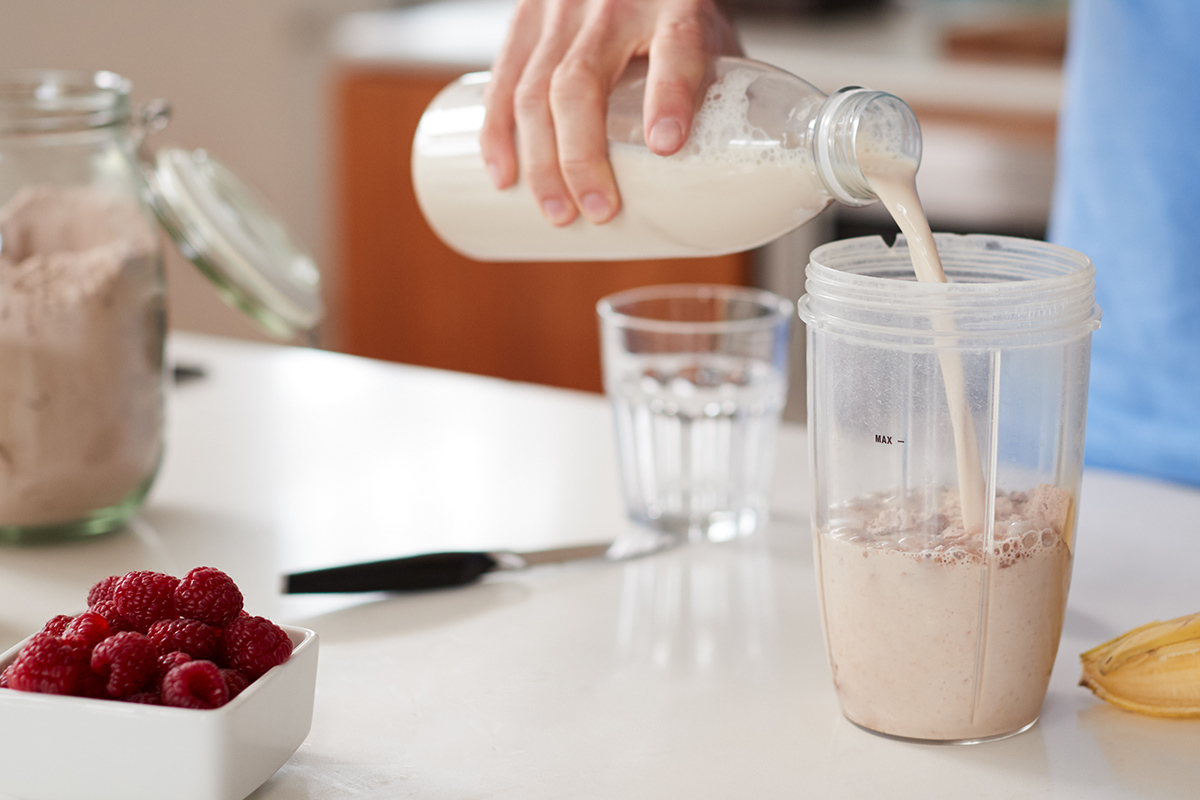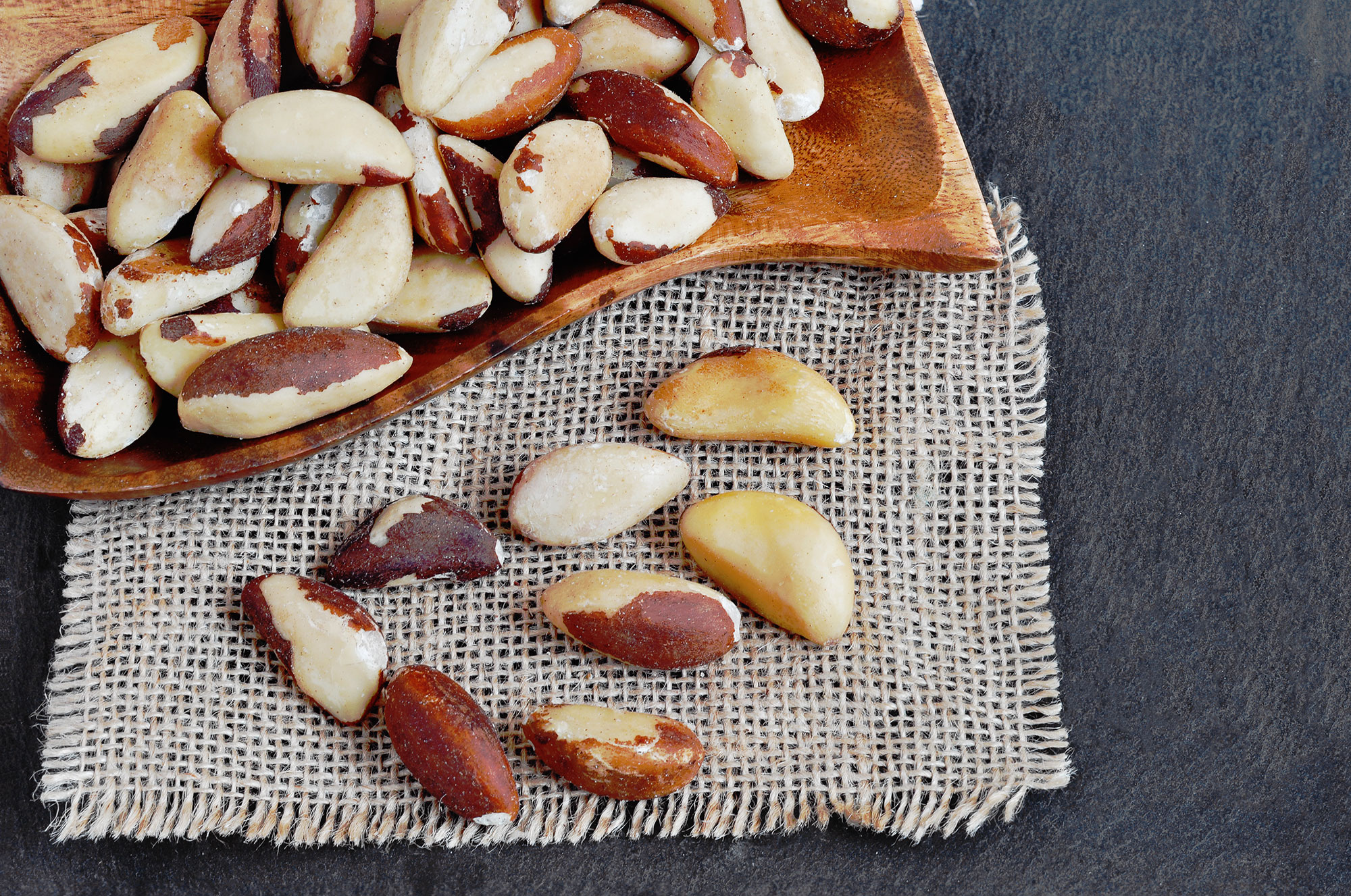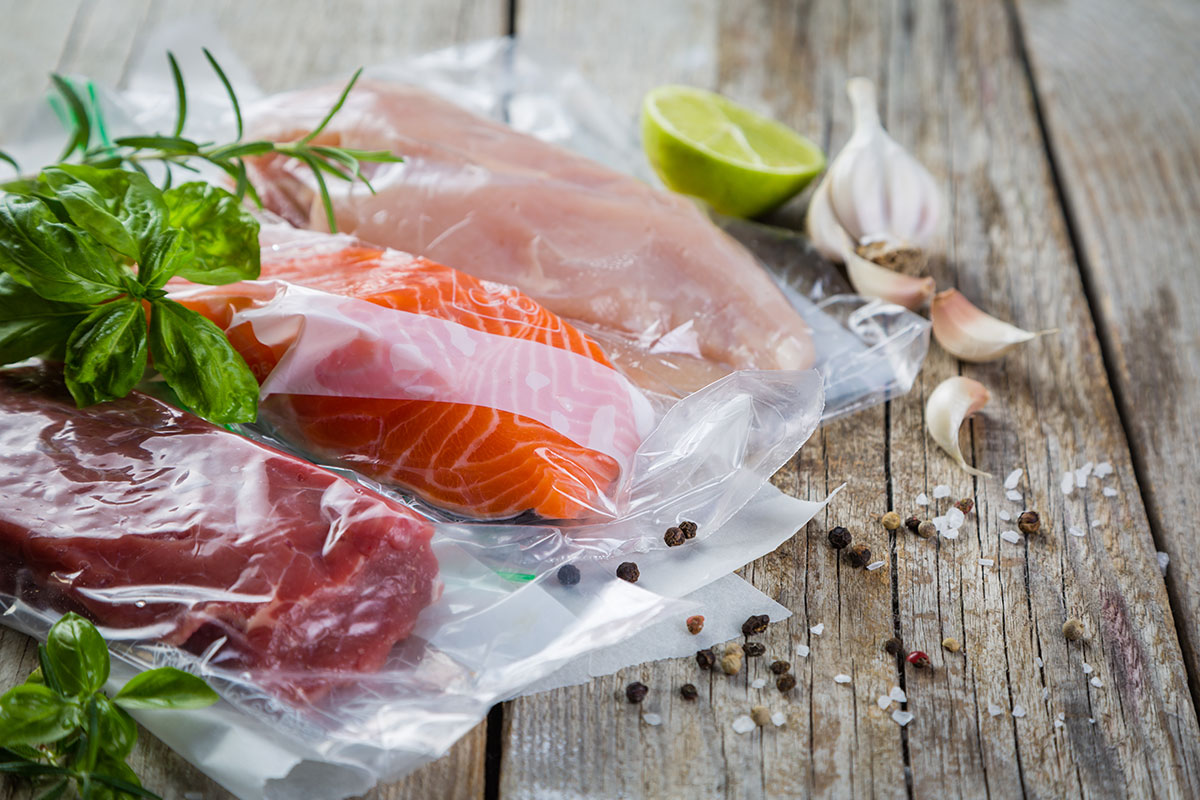If you’ve ever been too afraid to meal prep or just haven’t known where to begin, look no further than our meal prepping 101 beginner’s guide!

Healthy Alternatives for Baking Favorites
What says “love” better than a home-baked treat? But certainly the intent is equivalent to a warm hug, not a blanket of excess sugar, saturated fat and calories. You can still indulge in a sweet breakfast or dessert without the guilt by making a few ingredient substitutions.
The key to modifying a recipe with more healthful ingredients is to retain flavor and texture. Keeping volume and moisture/dryness equivalent will help the texture turn out great. Butter and sugar don’t have strong flavors so replacing these with sweet and creamy alternatives is easy. If need be, flavor can be enhanced with extracts or spices.
Below are common substitutions to increase fiber and decrease fat and sugar. Using the appropriate option for your particular recipe will keep your baked good in top shape out of the oven.

FLOUR, 1 Cup: use 1 C. whole wheat flour, 1 C. nut flour or 1/3 C. coconut flour. For brownies, 1 cup pureed black beans can be substituted for flour. Due to the heaviness of nut flours, you’ll need additional rising agent (baking soda or powder). When using coconut flour, add an extra egg to help hold your batter together.

SUGAR: use natural honey, agave nectar, maple syrup, applesauce, mashed ripened bananas or coconut sugar. You may need to slightly reduce liquid elsewhere if opting for one of the first four liquid substitutes.
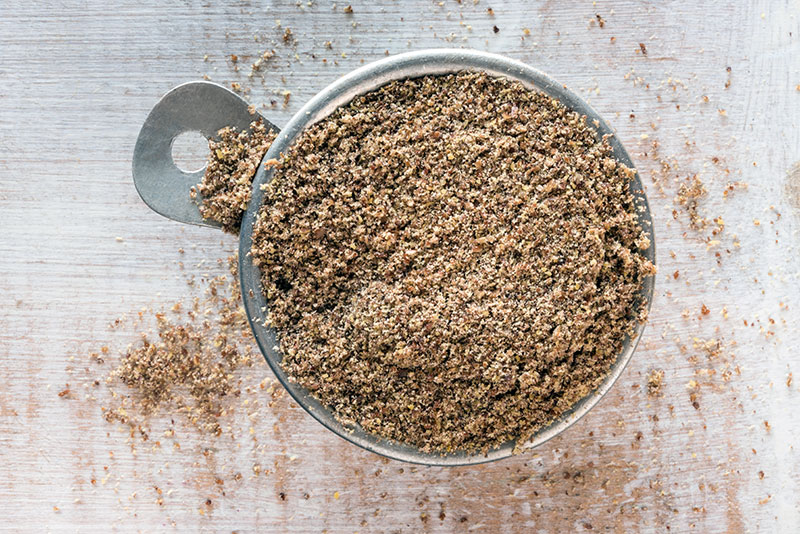
EGG, 1 whole: use 2 egg whites or 1 Tbsp flaxseed meal soaked in 3 Tbsp water

BUTTER: half the amount can be replaced with applesauce, mashed ripened bananas, or nut butters. Various oils can be used as well, but they are full-fat replacements and require less volume (e.g. ¾ C oil to 1 C butter). As another option, to replace a cup of butter (2 sticks), use 3 Tbsp chia seeds soaked in a cup of water.
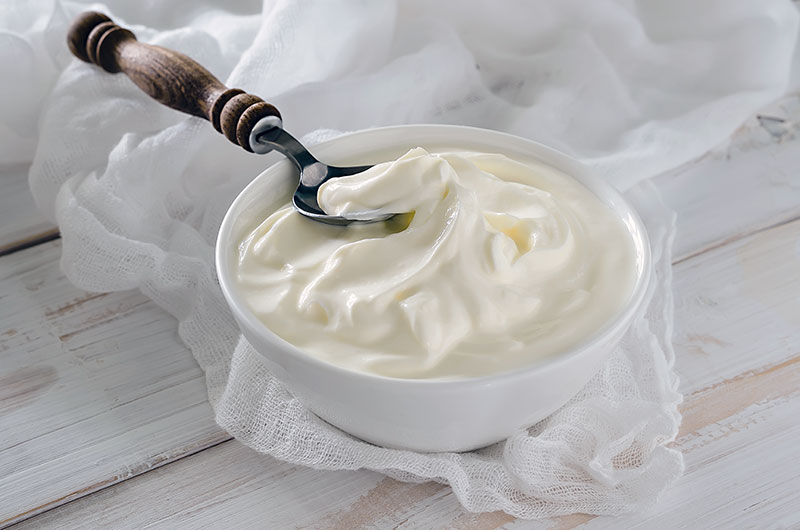
CREAM CHEESE: use Greek yogurt (may blend with cheesecake pudding mix to omit additional eggs/sugar for cheesecake)
A few more tips for healthy baked goods
A little goes a long way, so keep portions small. With a greater yield, there’s more to share and the batch will last you longer!
You don’t need to fill a serving plate or bowl to make an impression; use a doily (lace paper), leave room for mint leaves and berries to garnish, or drizzle fruit sauce across the plate.
Recommended Reading
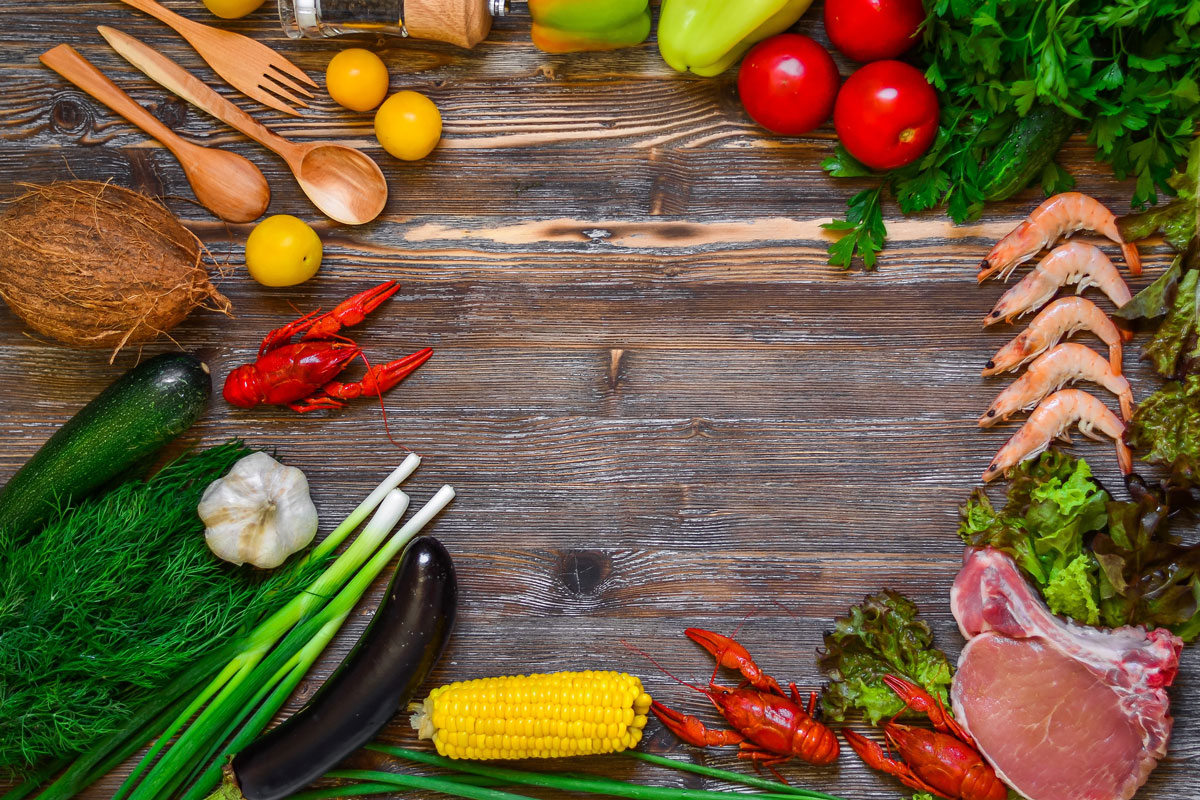
Meats, Fruits, and Vegetables to reach 100% Daily Value of Vitamins and Minerals
Debbie James, RDN, helps answer a reader’s question on how to consume 100% daily value of vitamins and minerals without supplements.

Struggling with Food? Try the “Un-diet” Approach
LA Fitness, registered dietitian, Debbie James, helps a member see dieting in a different way. This is for everyone that has ever failed at a diet before.

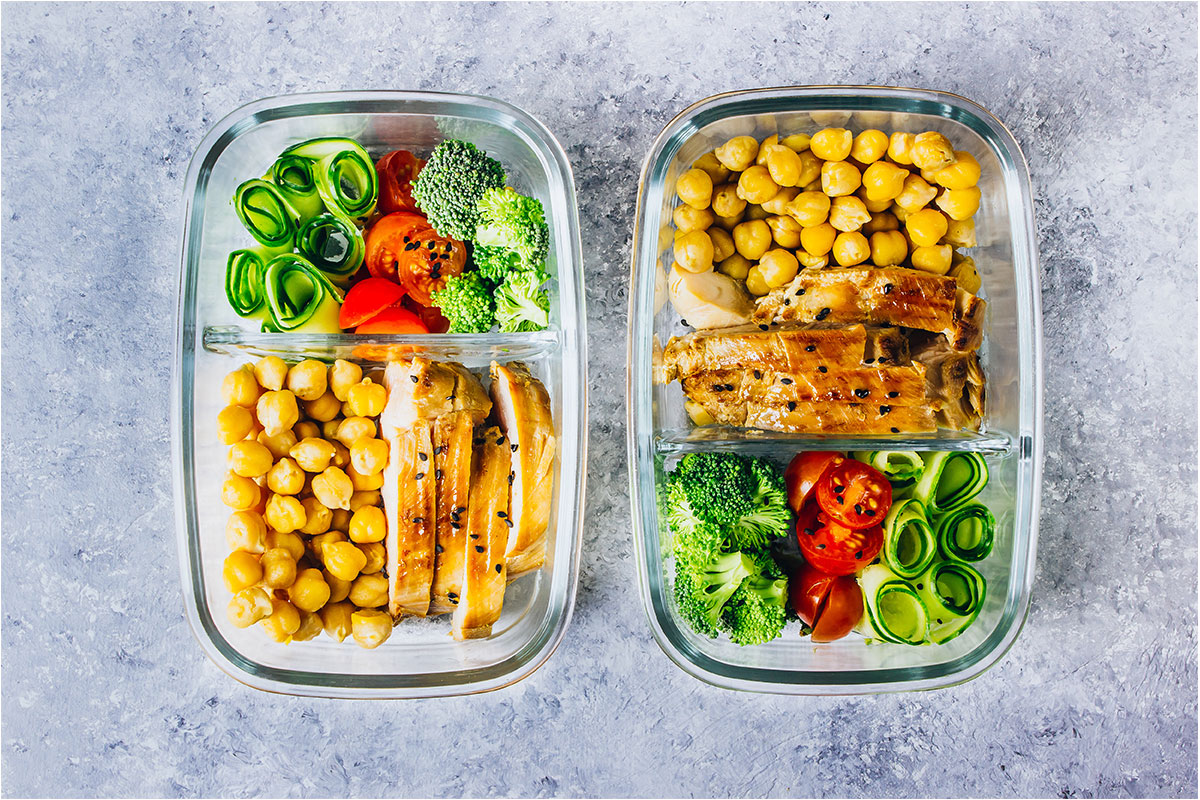



 Have a nutrition question? Our registered dietitian is ready to help!
Have a nutrition question? Our registered dietitian is ready to help!

